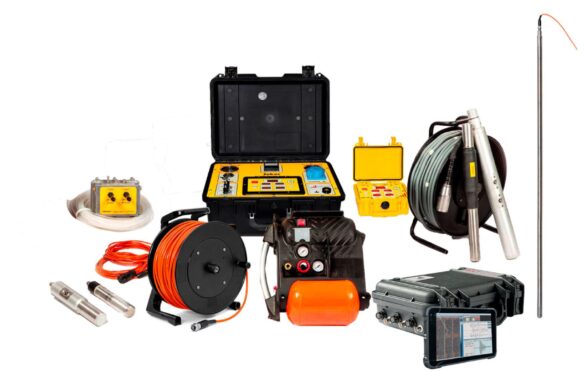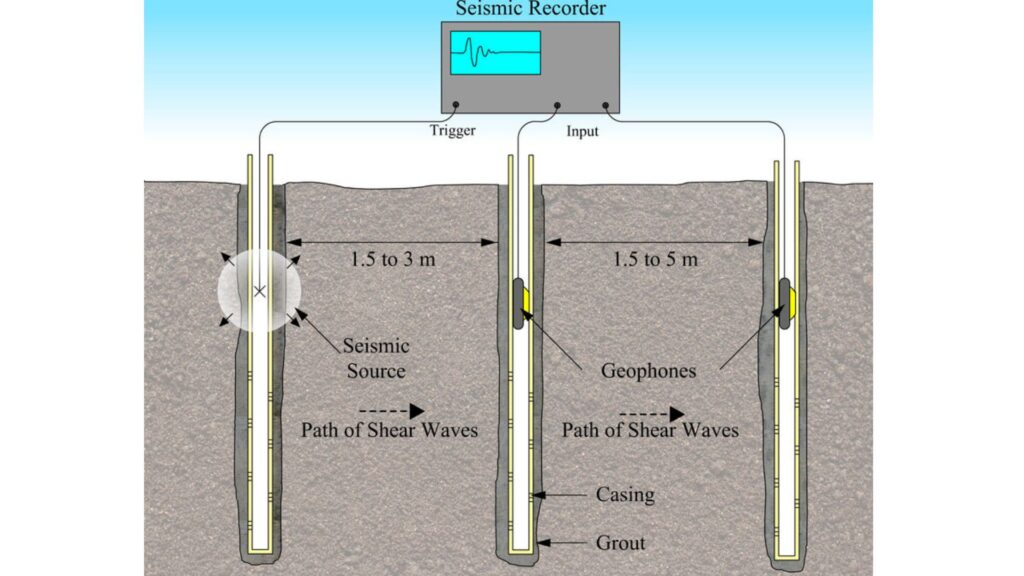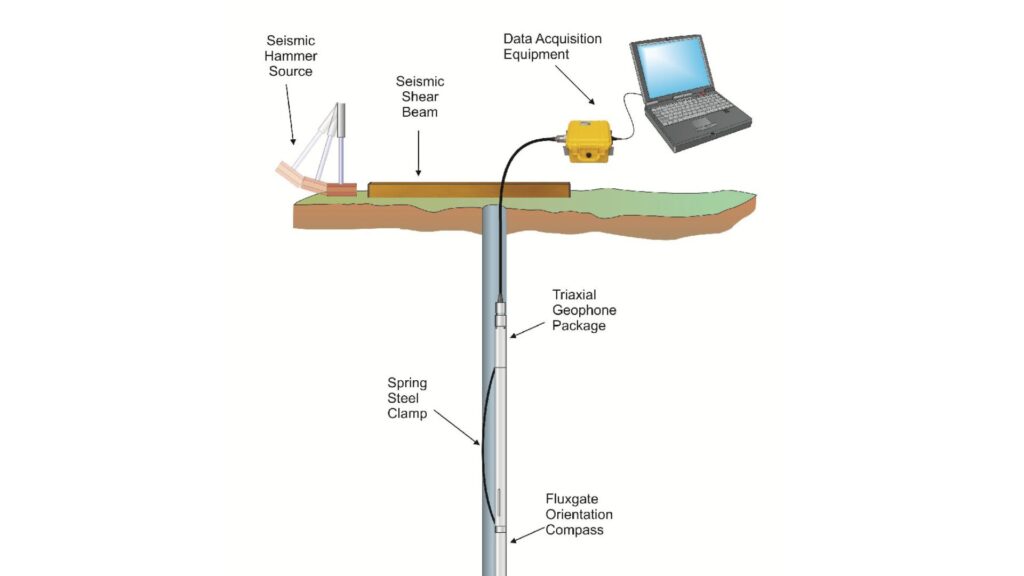Exploring Seismic Logging Inside Boreholes: Cross-hole and Down-hole/Up-hole Techniques

Introduction
Welcome, fellow curious minds, to our seismic adventure! In this article, we will delve into the fascinating world of seismic logging inside boreholes, uncovering the secrets of Cross-hole and Down-hole/Up-hole techniques. Whether you’re a geology enthusiast or a professional seeking insights, we’ve got you covered with verified information on these cutting-edge methodologies.
What is Seismic Logging Inside Boreholes?
Before we venture further, let’s grasp the essence of seismic logging inside boreholes. It is a revolutionary technique used to analyze subsurface formations by recording and interpreting seismic waves generated through controlled sources. By employing various instruments within boreholes, scientists can unlock a wealth of valuable data, aiding in geological exploration, hydrocarbon reservoir characterization, and more.
Cross-Hole Seismic Logging: Peering Across Boreholes
Picture this: Two boreholes, like curious friends, exchanging waves to reveal hidden truths.

1. The Concept Behind Cross-Hole Seismic Logging
Cross-hole seismic logging is a captivating approach that involves deploying seismic sources in one borehole and receivers in another. The sources emit seismic waves that traverse through the earth, and the receivers capture these waves. By analyzing the time it takes for the waves to travel between the boreholes, scientists gain valuable insights into the subsurface structure, such as rock properties and geological interfaces.
2. Advantages of Cross-Hole Seismic Logging
- Enhanced Resolution: The method provides high-resolution images of subsurface structures, enabling precise identification of geological features.
- Anisotropy Detection: Cross-hole logging helps determine the directional dependence of seismic wave properties, shedding light on the rock fabric’s anisotropic behavior.
- Fluid Saturation Analysis: It assists in identifying fluid-filled zones, crucial for reservoir characterization and hydrocarbon exploration.
3. Limitations of Cross-Hole Seismic Logging
- Costly Setup: Implementing cross-hole logging can be expensive due to the need for multiple boreholes and specialized equipment.
- Limited Depth Penetration: The technique is most effective for shallow boreholes and may face challenges when applied at greater depths.
Down-Hole and Up-Hole Seismic Logging: Peering Down and Up the Borehole
Imagine you and your friend working together, one guiding from above, and the other investigating from below.

1. The Concept Behind Down-Hole and Up-Hole Seismic Logging
Down-hole and Up-hole seismic logging, also known as Vertical Seismic Profile (VSP), involves the deployment of seismic sources and receivers within the same borehole. The sources emit waves that travel through the surrounding rock formations and bounce back to the receivers. This method provides valuable information about the near-borehole area, offering a detailed view of subsurface structures.
2. Advantages of Down-Hole and Up-Hole Seismic Logging
- Cost-Effectiveness: As it requires only one borehole, the cost of implementing Down-hole and Up-hole seismic logging is relatively lower compared to cross-hole logging.
- High-Quality Data: The close proximity of sources and receivers ensures higher quality data with improved signal-to-noise ratios.
- Borehole Stability Evaluation: VSP data helps assess the integrity and stability of the borehole, aiding in wellbore design and drilling operations.
3. Limitations of Down-Hole and Up-Hole Seismic Logging
- Limited Lateral Coverage: Down-hole and Up-hole seismic logging may not provide comprehensive lateral coverage, impacting the overall imaging of distant structures.
- Seismic Wave Attenuation: Seismic waves may lose energy as they travel through the borehole, affecting the data quality.
FAQs: Unveiling the Mysteries
Let’s address some common questions to quench your curiosity.
1. What are the primary applications of seismic logging inside boreholes?
Seismic logging within boreholes finds extensive use in geological mapping, hydrocarbon reservoir characterization, environmental studies, and engineering projects, such as dam construction and tunneling.
2. How does seismic logging differ from traditional seismic surveying?
Traditional seismic surveying is conducted on the earth’s surface, while seismic logging occurs within boreholes. This key difference allows logging to provide more precise and detailed data for subsurface exploration.
3. Is seismic logging safe for the environment?
Yes, seismic logging is considered environmentally safe. The energy emitted during seismic surveys is relatively low and poses no significant risk to the environment or surrounding communities.
Conclusion: Embracing the Depths of Seismic Logging
As we conclude our seismic journey, we have witnessed the wonders of Cross-hole and Down-hole/Up-hole seismic logging inside boreholes. These innovative techniques have revolutionized subsurface exploration, unraveling the mysteries hidden beneath our feet.
So, whether you’re a geologist seeking to understand the Earth’s inner workings or an energy explorer hunting for hydrocarbon reservoirs, seismic logging inside boreholes is your trusted ally. Embrace the depths and unveil the secrets that the earth holds, for the wonders of this field are boundless.
Remember, curiosity leads to knowledge, and knowledge drives progress. Happy seismic exploration, my friends!
